
Lisa Grossman is the astronomy writer for Science News. Previously she was a news editor at New Scientist, where she ran the physical sciences section of the magazine for three years. Before that, she spent three years at New Scientist as a reporter, covering space, physics and astronomy. She has a degree in astronomy from Cornell University and a graduate certificate in science writing from UC Santa Cruz. Lisa was a finalist for the AGU David Perlman Award for Excellence in Science Journalism, and received the Institute of Physics/Science and Technology Facilities Council physics writing award and the AAS Solar Physics Division Popular Writing Award. She interned at Science News in 2009-2010.

Trustworthy journalism comes at a price.
Scientists and journalists share a core belief in questioning, observing and verifying to reach the truth. Science News reports on crucial research and discovery across science disciplines. We need your financial support to make it happen – every contribution makes a difference.
All Stories by Lisa Grossman
-
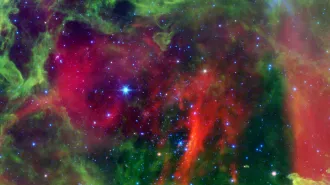 Astronomy
AstronomyPinning down the sun’s birthplace just got more complicated
Many astronomers think that the sun was born in a loose association of thousands of stars. A new study suggests there’s another possibility.
-
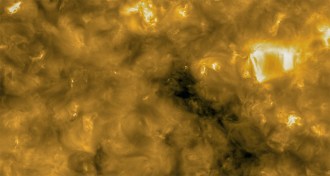 Astronomy
AstronomyThe closest images of the sun ever taken reveal ‘campfire’ flares
The first images from Solar Orbiter, a NASA-European Space Agency spacecraft, show tiny, never-before-seen flares across the sun’s surface.
-
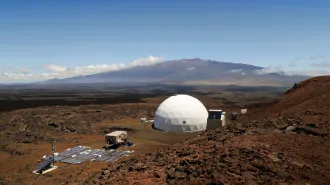 Space
SpaceTwo new books explore Mars — and what it means to be human
‘Once Upon a Time I Lived on Mars’ and ‘The Sirens of Mars’ are surprisingly apt reads during the pandemic.
-
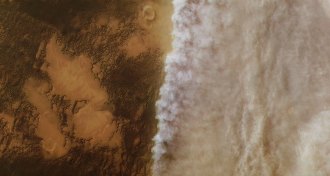 Planetary Science
Planetary ScienceHow upcoming missions to Mars will help predict its wild dust storms
Predicting the weather on Mars is essential for landing and keeping rovers — or astronauts — safe on the surface. The next Mars missions will give forecasts a boost.
-
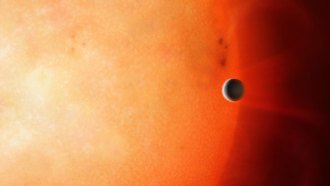 Space
SpaceA newfound exoplanet may be the exposed core of a gas giant
A planet about 734 light-years away could be a former gas giant that lost its atmosphere or a failed giant that never finished growing.
-
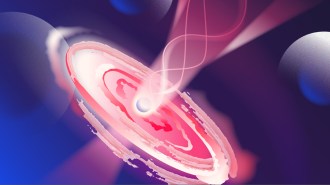 Space
SpaceBlack hole plasma jets are shaped like bell-bottoms
Jets of high-energy particles change from slightly curved sides to flared cones as they shoot away from galaxies, just like flare-legged pants.
-
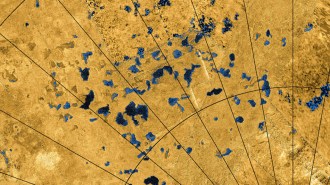 Space
SpaceFlat spots on Saturn’s moon Titan may be the floors of ancient lake beds
Bright radio signals from Titan indicate the presence of ancient lake beds in its tropics, a new analysis finds.
-
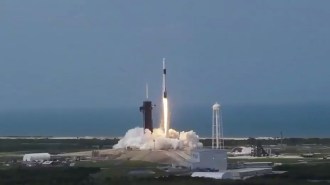 Space
SpaceSpaceX’s astronaut launch marks a milestone for commercial spaceflight
Two NASA astronauts aboard the privately built Crew Dragon capsule are the first to be sent into orbit from U.S. soil since 2011.
-
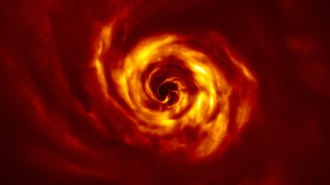 Space
SpaceStunning images of swirling gas and dust may show a planet forming
Infrared images show a spiral of gas and dust around a star 520 light-years away. A smaller, tantalizing twist hints at where a planet is coalescing.
-
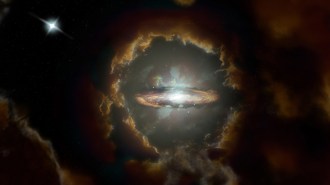 Astronomy
AstronomyThe oldest disk galaxy yet found formed more than 12 billion years ago
A spinning disk galaxy similar to the Milky Way formed just 1.5 billion years after the Big Bang, much earlier than astronomers thought was possible.
-
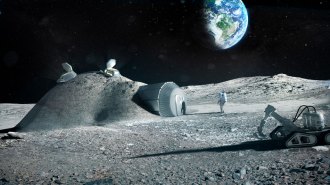 Chemistry
ChemistryAstronauts may be able to make cement using their own pee
Lunar dust and a compound found in urine could be used to build future dwellings on the moon, a new study finds.
-
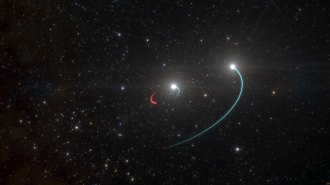 Space
SpaceThe closest black hole to Earth may have been spotted 1,000 light-years away
What appears to be the closest black hole to the solar system shares orbits with two massive stars, a new study finds.